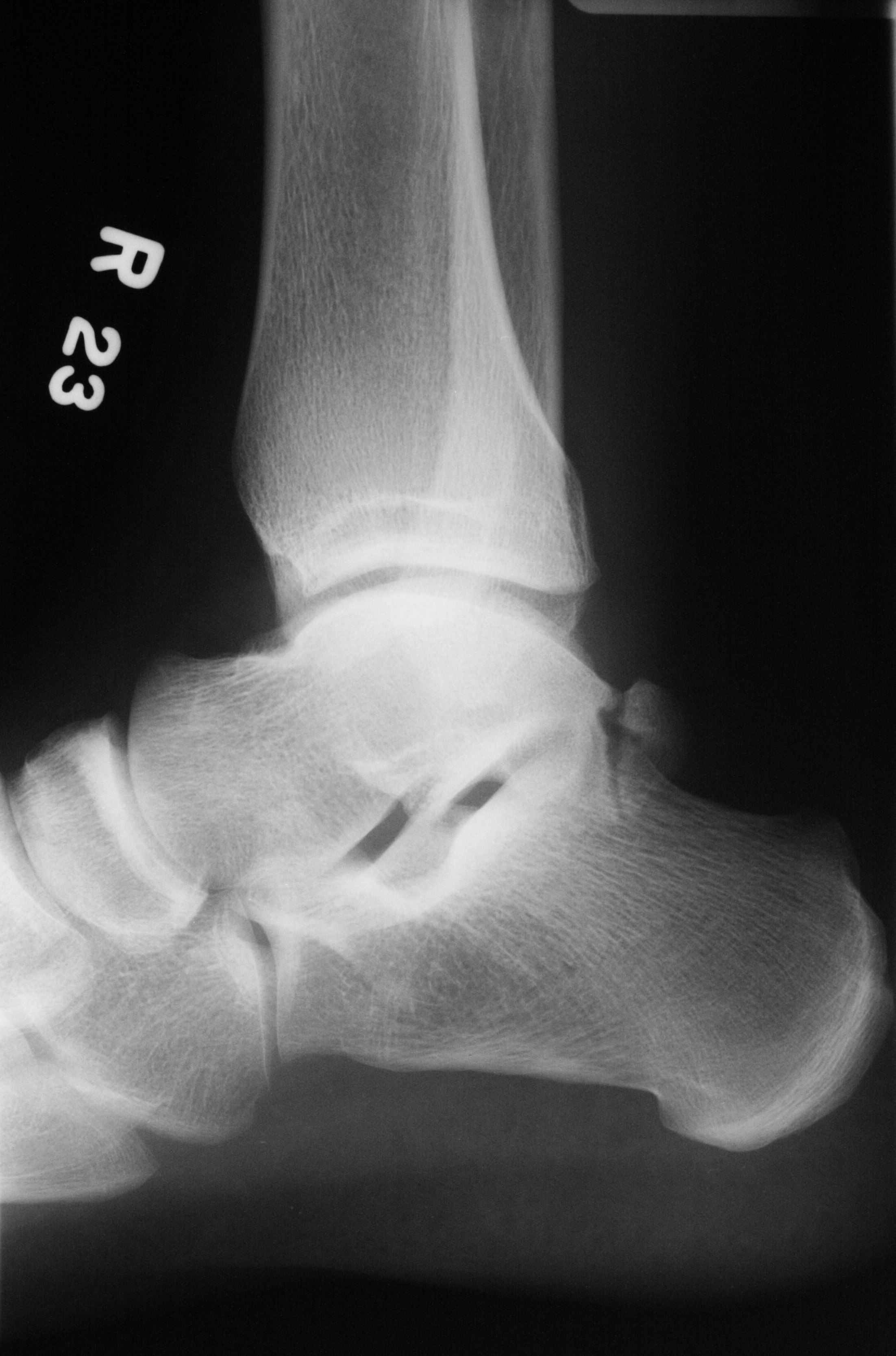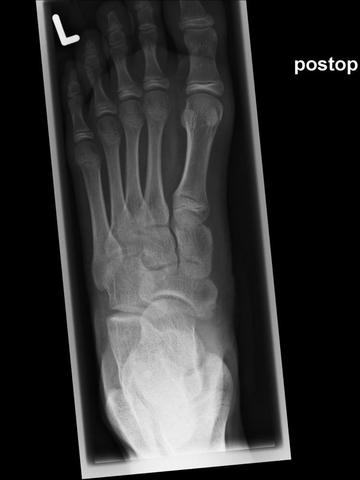Overview
The accessory navicular (os navicularum or os tibiale externum) is an extra bone or piece of cartilage located on the inner side of the foot just above the arch. It is incorporated within the posterior tibial tendon, which attaches in this area. An accessory navicular is congenital (present at birth). It is not part of normal bone structure and therefore is not present in most people. People who have an accessory navicular often are unaware of the condition if it causes no problems. However, some people with this extra bone develop a painful condition known as accessory navicular syndrome when the bone and/or posterior tibial tendon are aggravated. This can result from any of the following. Trauma, as in a foot or ankle sprain. Chronic irritation from shoes or other footwear rubbing against the extra bone. Excessive activity or overuse. Many people with accessory navicular syndrome also have flat feet (fallen arches). Having a flat foot puts more strain on the posterior tibial tendon, which can produce inflammation or irritation of the accessory navicular.

Causes
The syndrome may result from any of the following, previous trauma such as a foot or ankle sprain. Chronic irritation from shoes or other footwear causing friction against the bone. Strain from overuse or excessive activity.
Symptoms
Symptoms of accessory navicular syndrome often appear in adolescence, when bones are maturing. Symptoms include A visible bony prominence on the midfoot, Redness and swelling, Vague pain or throbbing in the arch, especially after physical activity.
Diagnosis
Diagnosis starts by speaking with the patient about symptoms. The physician will look at the foot and examine it for signs of an accessory navicular. By putting pressure on the area, the doctor may determine its presence simply by the presence of pain. The muscle, joint, and the overall structure of the foot may be considered, as well as the way in which the patient walks. If a diagnosis of accessory navicular syndrome is made, an X-ray or MRI may be ordered to confirm diagnosis.
Non Surgical Treatment
Treating accessory navicular syndrome is focused on relieving symptoms. Some treatment methods are Icing to reduce swelling. Immobilization with a cast or walking boot to reduce inflammation and promote healing. Medications to reduce pain and inflammation. Physical therapy to strengthen muscles. Orthotics to support the arch. Surgery may be needed to remove the accessory bone and reshape the area if other methods are not successful.

Surgical Treatment
The original procedure advocated by Kidner involved shelling out of the accessory navicular bone from within the insertional area of the posterior tibial tendon and rerouting this tendon under the navicular bone in hopes of restoring a normal pull of this tendon. When treating younger children, history has shown us that simply shelling out of the accessory navicular bone from within the tendon and remodeling the tuberosity of the navicular bone can give you satisfactory results.
In general, you want to reserve advancement of How long does Achilles tendonitis last for? the posterior tibial tendon for adults or those who have a more significant flatfoot deformity. You may also use this approach after determining that quality custom orthotics are only resulting in a slight decrease of symptoms.
The accessory navicular (os navicularum or os tibiale externum) is an extra bone or piece of cartilage located on the inner side of the foot just above the arch. It is incorporated within the posterior tibial tendon, which attaches in this area. An accessory navicular is congenital (present at birth). It is not part of normal bone structure and therefore is not present in most people. People who have an accessory navicular often are unaware of the condition if it causes no problems. However, some people with this extra bone develop a painful condition known as accessory navicular syndrome when the bone and/or posterior tibial tendon are aggravated. This can result from any of the following. Trauma, as in a foot or ankle sprain. Chronic irritation from shoes or other footwear rubbing against the extra bone. Excessive activity or overuse. Many people with accessory navicular syndrome also have flat feet (fallen arches). Having a flat foot puts more strain on the posterior tibial tendon, which can produce inflammation or irritation of the accessory navicular.

Causes
The syndrome may result from any of the following, previous trauma such as a foot or ankle sprain. Chronic irritation from shoes or other footwear causing friction against the bone. Strain from overuse or excessive activity.
Symptoms
Symptoms of accessory navicular syndrome often appear in adolescence, when bones are maturing. Symptoms include A visible bony prominence on the midfoot, Redness and swelling, Vague pain or throbbing in the arch, especially after physical activity.
Diagnosis
Diagnosis starts by speaking with the patient about symptoms. The physician will look at the foot and examine it for signs of an accessory navicular. By putting pressure on the area, the doctor may determine its presence simply by the presence of pain. The muscle, joint, and the overall structure of the foot may be considered, as well as the way in which the patient walks. If a diagnosis of accessory navicular syndrome is made, an X-ray or MRI may be ordered to confirm diagnosis.
Non Surgical Treatment
Treating accessory navicular syndrome is focused on relieving symptoms. Some treatment methods are Icing to reduce swelling. Immobilization with a cast or walking boot to reduce inflammation and promote healing. Medications to reduce pain and inflammation. Physical therapy to strengthen muscles. Orthotics to support the arch. Surgery may be needed to remove the accessory bone and reshape the area if other methods are not successful.

Surgical Treatment
The original procedure advocated by Kidner involved shelling out of the accessory navicular bone from within the insertional area of the posterior tibial tendon and rerouting this tendon under the navicular bone in hopes of restoring a normal pull of this tendon. When treating younger children, history has shown us that simply shelling out of the accessory navicular bone from within the tendon and remodeling the tuberosity of the navicular bone can give you satisfactory results.
In general, you want to reserve advancement of How long does Achilles tendonitis last for? the posterior tibial tendon for adults or those who have a more significant flatfoot deformity. You may also use this approach after determining that quality custom orthotics are only resulting in a slight decrease of symptoms.